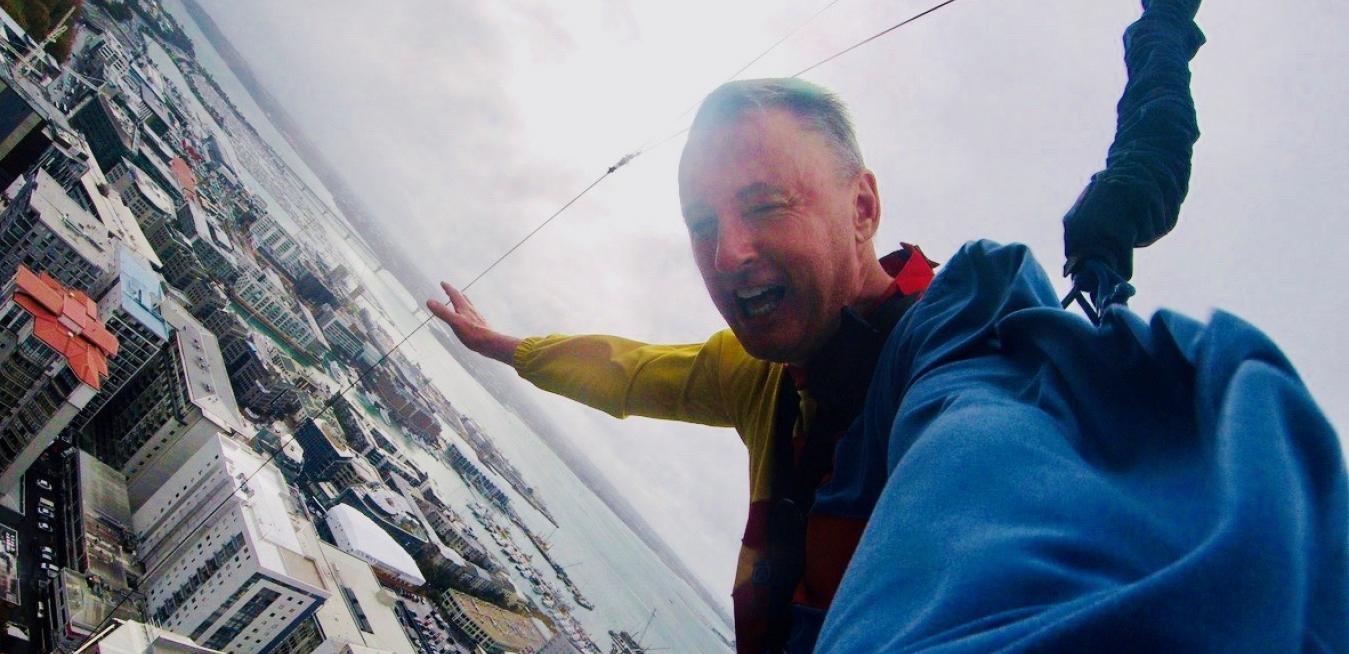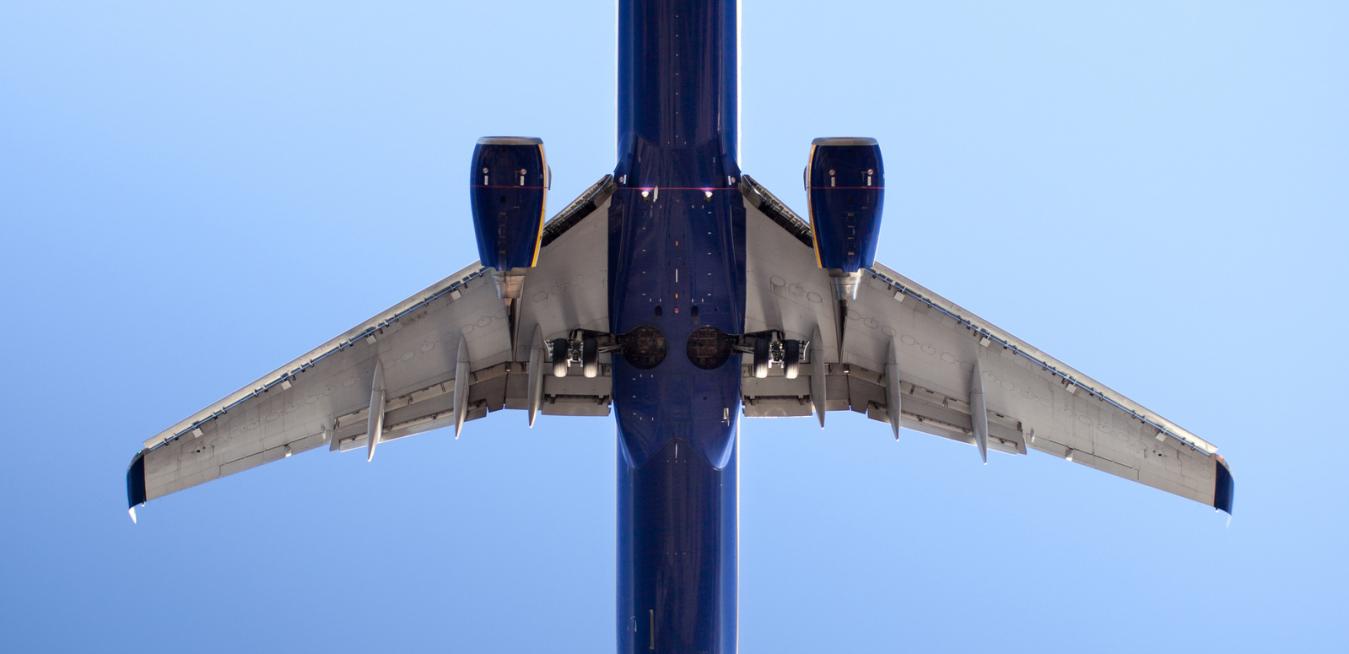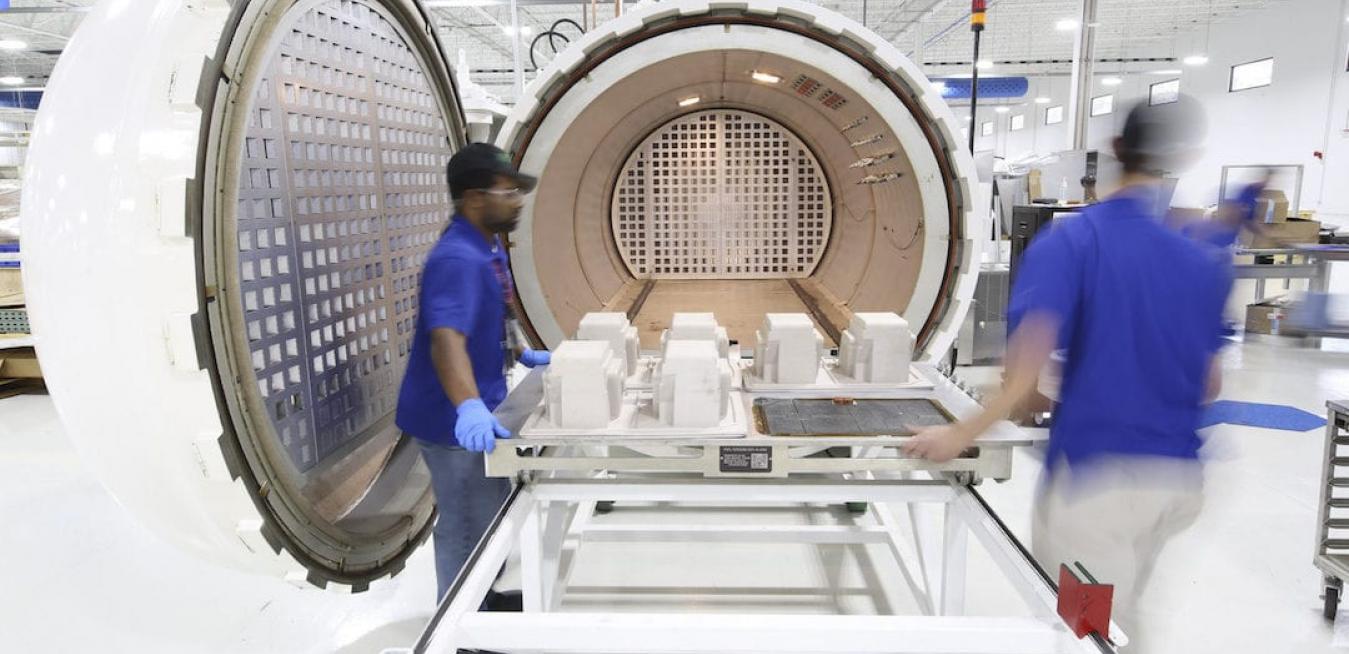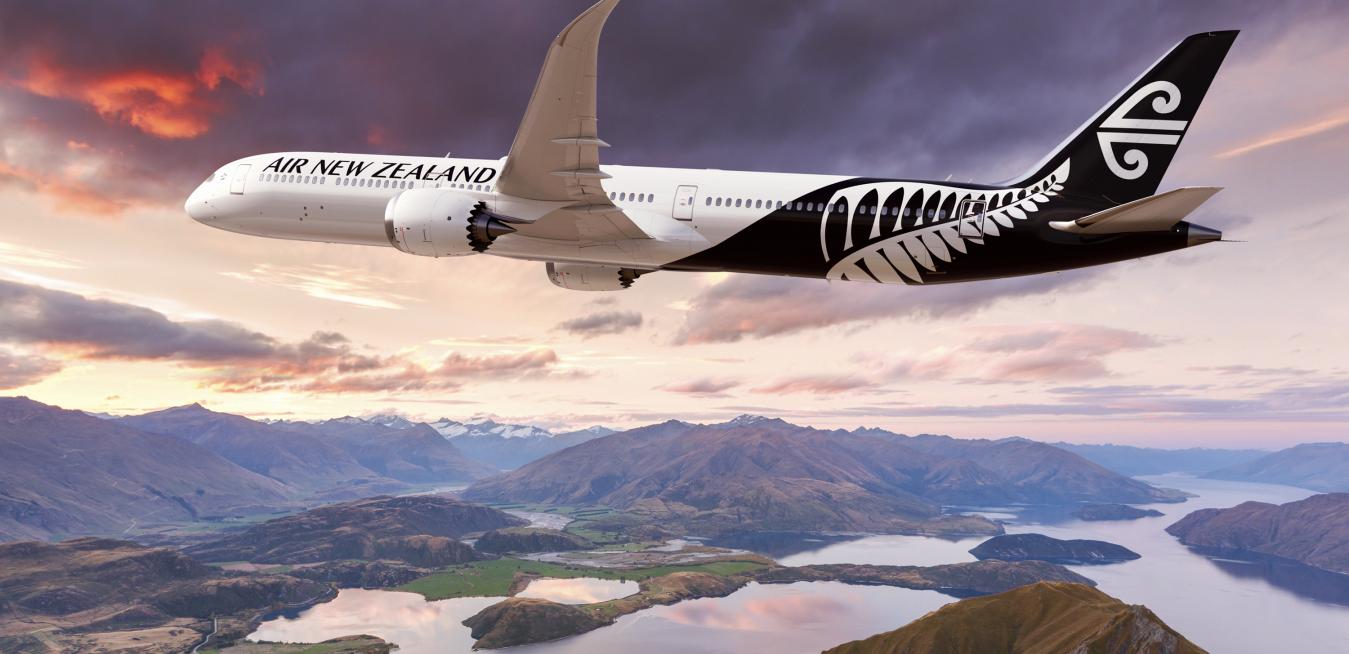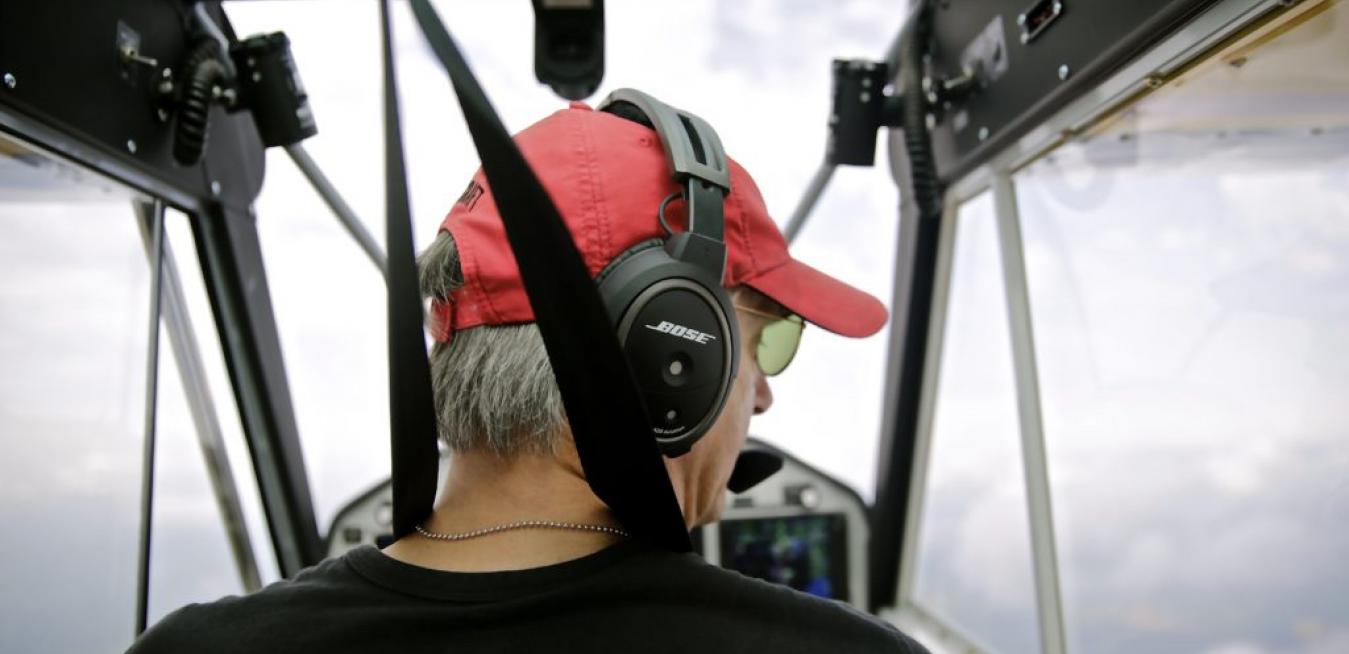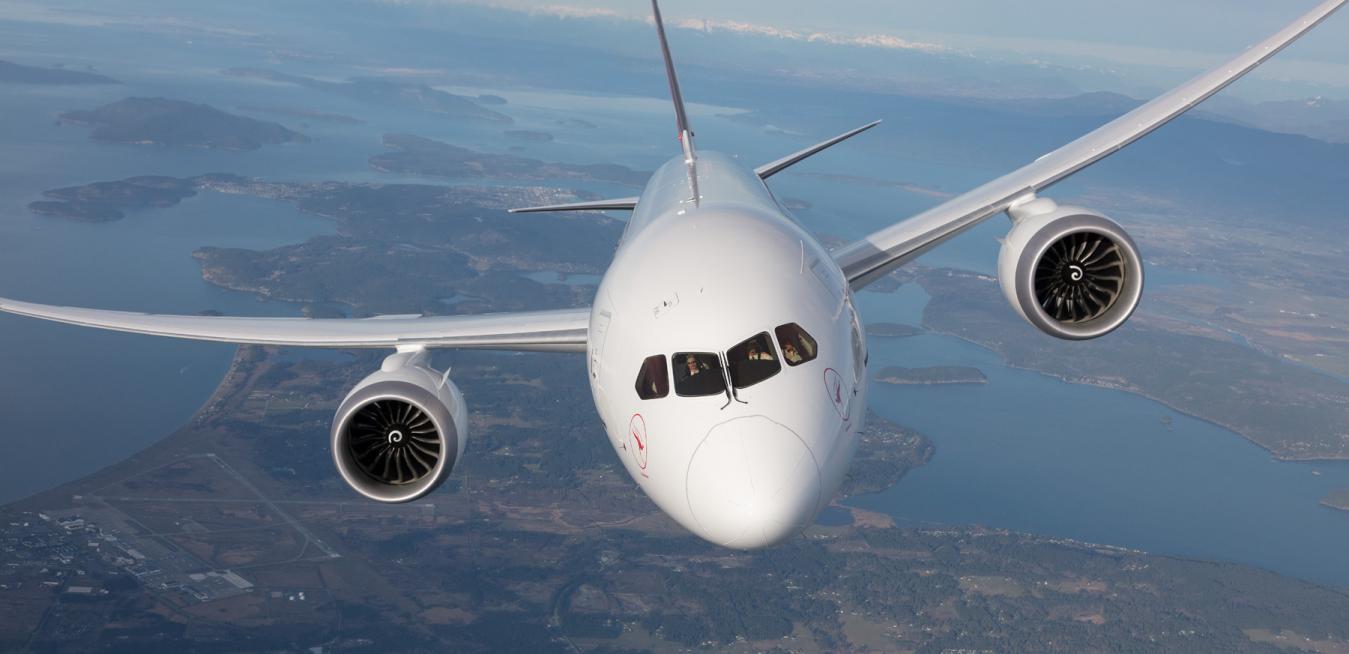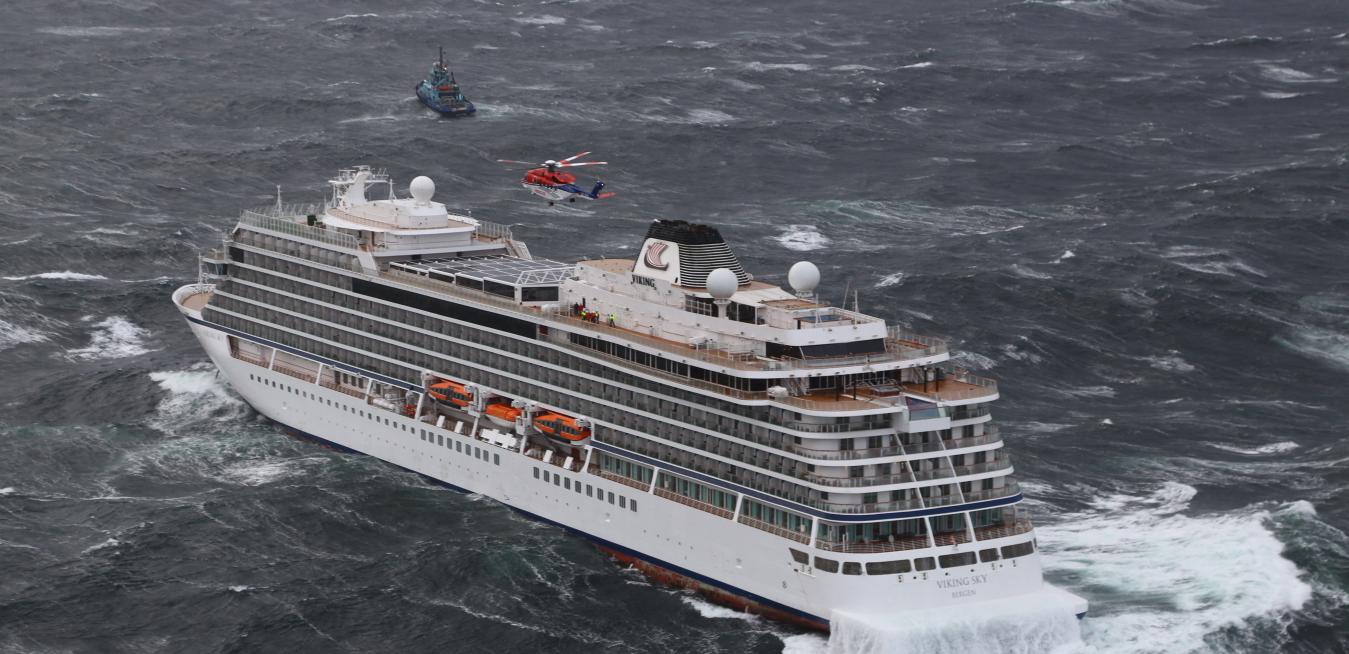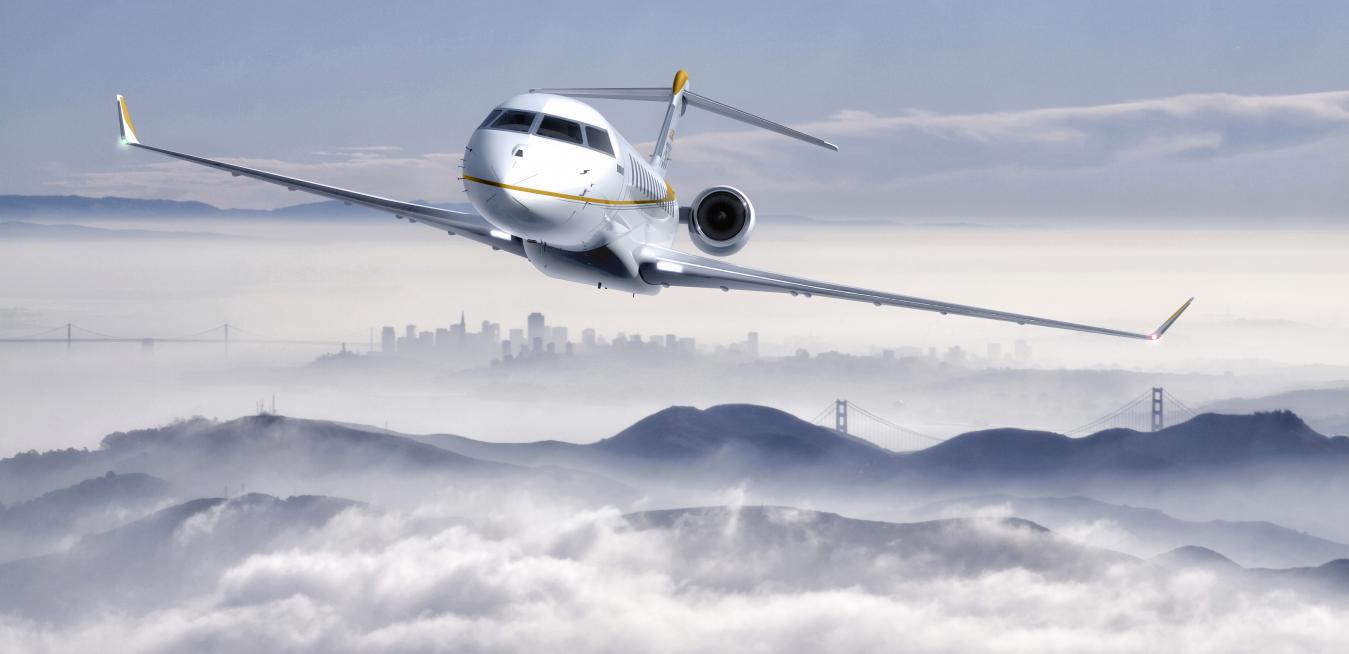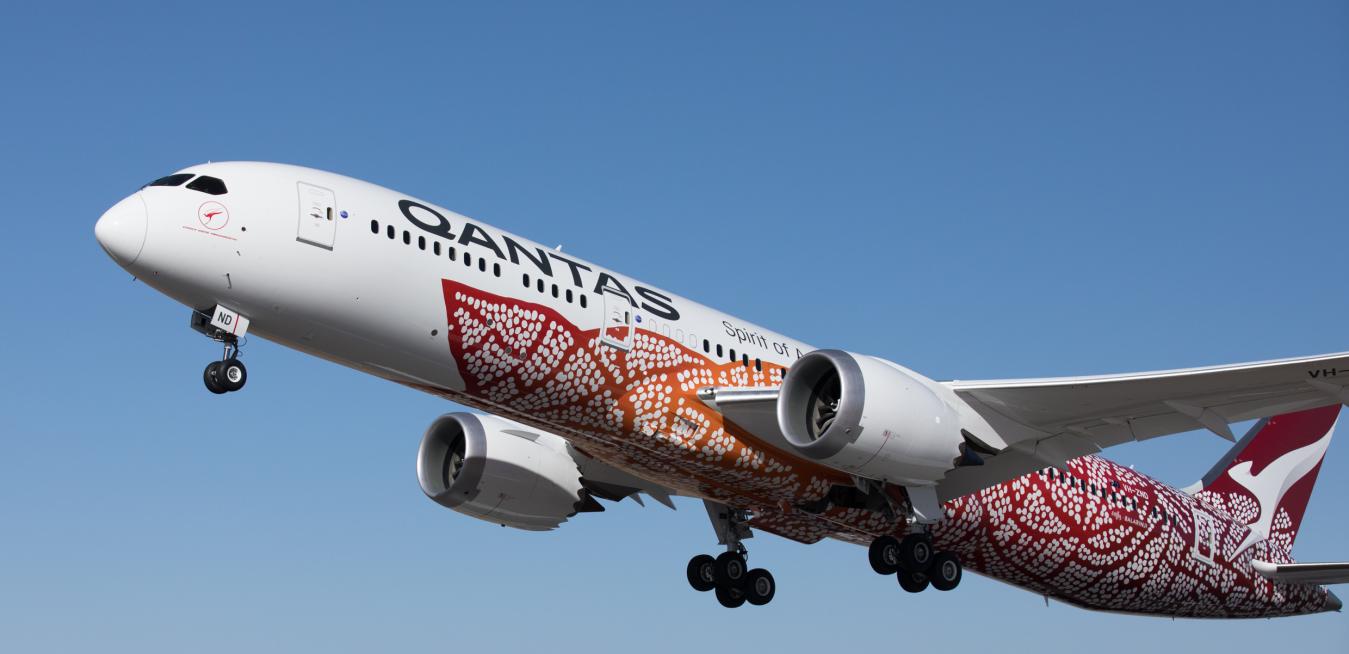It started as a lark. GE Aviation’s David Kelly and his colleague Rachel Wagner were working up a bid to supply engines for a fleet of new Boeing Dreamliners three years ago. Since the client, Air New Zealand, had used Rolls-Royce engines for the past 15 years, the whole venture seemed rather quixotic. Success seemed so remote, in fact, that Kelly, GE Aviation’s sales director for Air New Zealand, agreed to jump off the Sky Tower in Auckland if they won the deal.
Drinks in a cozy, elegant cocktail lounge have preceded plenty of marriage proposals. But perhaps only once has such a session led to the creation of the most prolific jet propulsion company in aviation history.
And yet, it happened — in April 1970 at the Ritz-Carlton lounge in Boston, where leaders of France’s government-owned Safran Aircraft Engines (known as Snecma until 2005) came to court GE. Back then, GE was still chiefly building jet engines for the military, and Pratt & Whitney dominated the burgeoning civilian market.
After examining the possibility of ceramics being used in flight in 2001, scientists from the Institute for Defense Analyses starkly concluded, “There may be more pigs flying than ceramics in the future.” It’s easy to see why when you think of a coffee mug: The material is great for handling heat but breaks catastrophically when met with force.
Adventure-seeking bungee jumpers, “Lord of the Rings” fans and hunters of colossal squid have another reason to check out the remote Pacific Island nation of New Zealand: Air New Zealand is expanding its fleet of long-distance jets that can fly nonstop to this faraway wonderland.
Among GE’s many firsts has been production of the first U.S. jet engine, the world’s largest jet engine and the first composite jet engine blade. But what good’s an airplane without someone to fly it? Pilots are the first to put an engine through its paces aloft and the ones with the skill to get from one point to another. Since April 26 was World Pilots' Day, we take a look at some of the innovative and groundbreaking pilots and gear GE helped develop for the profession. We also talked to those who just love to get off the ground.
Qantas Airways made big headlines last year — and generated more than $100 million Australian dollars in free publicity, according to the airline — when it launched the first nonstop flight between Australia and London, a flight path that’s long been called the Kangaroo Route. The flight took off from Perth in Western Australia on March 24, 2018, and landed 17 hours and 20 minutes later at London’s Heathrow Airport.
There are plenty of fast and fancy business jets, but only one that flies the fastest and farthest. This week, the plane maker Bombardier revealed that its Global 7500 luxury aircraft scored a set of records for the longest mission ever flown by a purpose-built business jet and for speed over the longest range (that milestone is still awaiting validation by the National Aeronautic Association).
Before boarding a flight, a passenger will likely use their phone to show their ticket, send some last-minute emails and maybe even download a movie for the trip. We take it for granted that digital technology, everywhere we go, is making our lives infinitely easier.
GE Aviation and Qantas have a great buddy act going.
